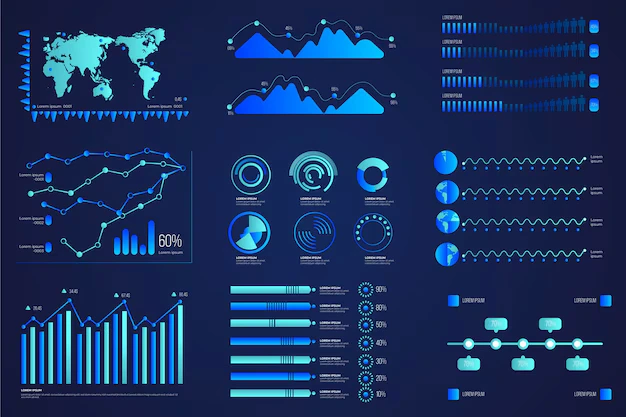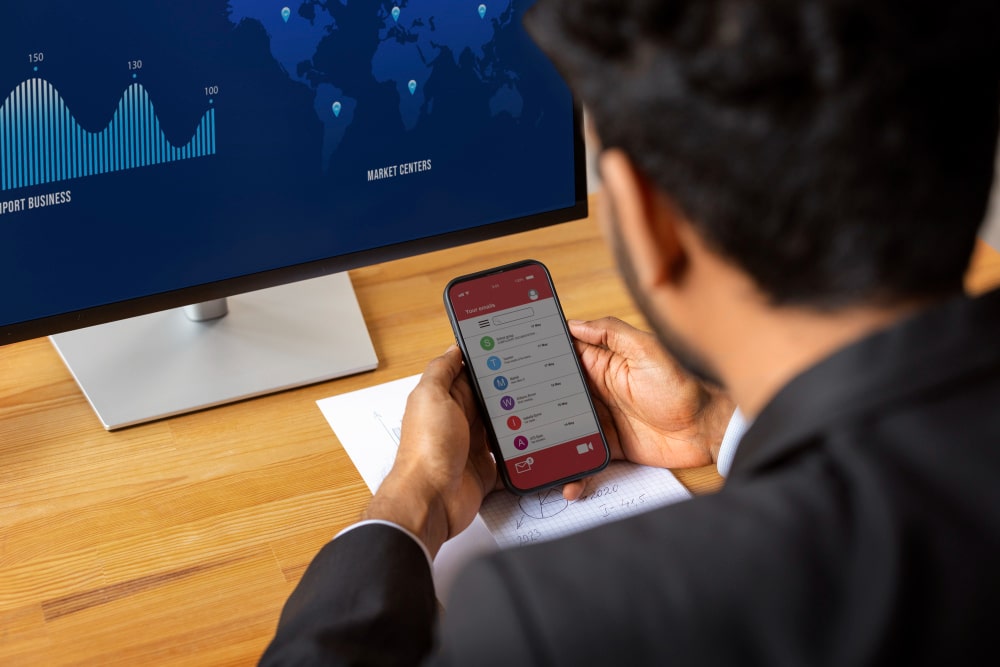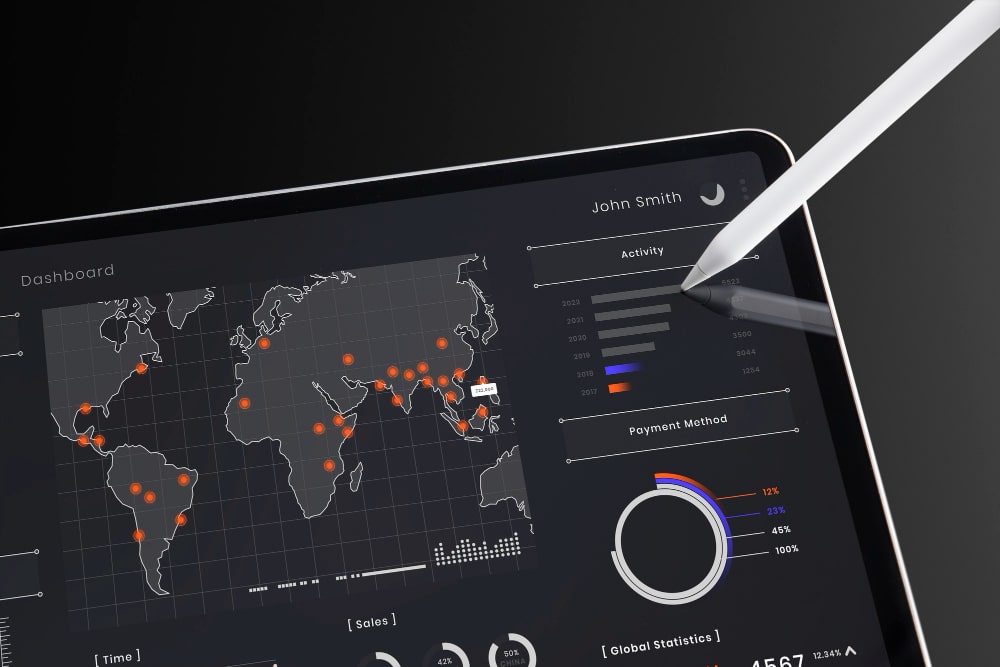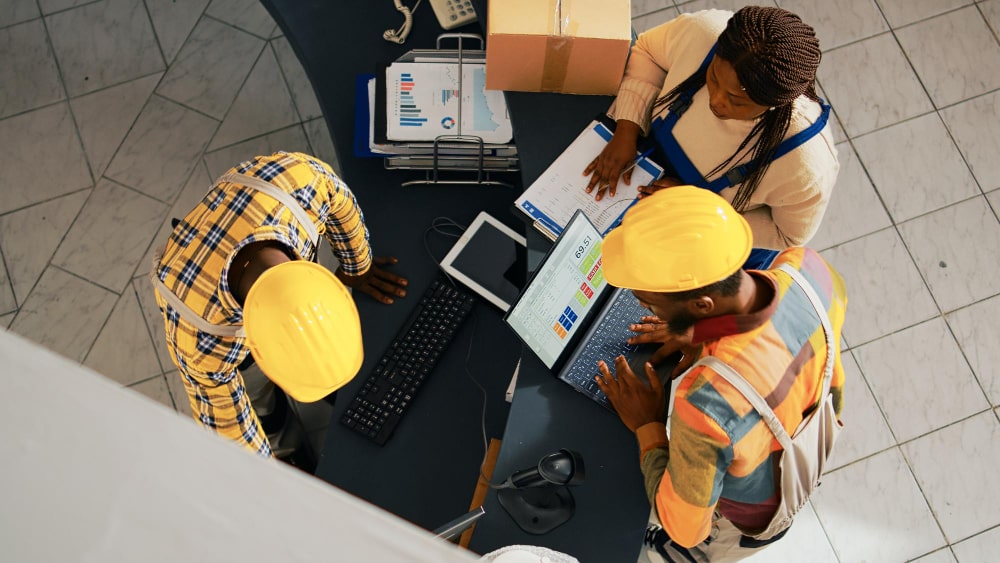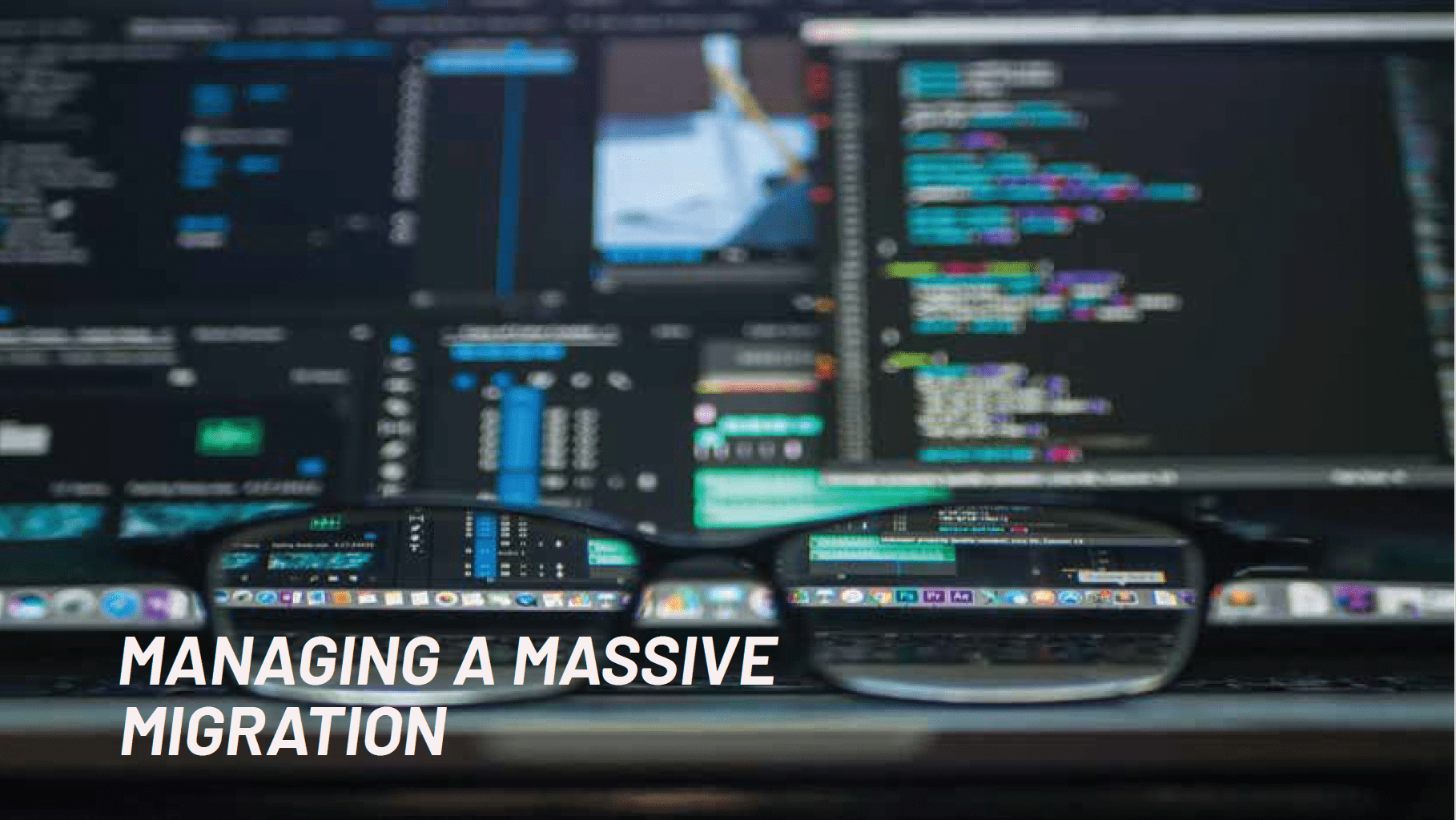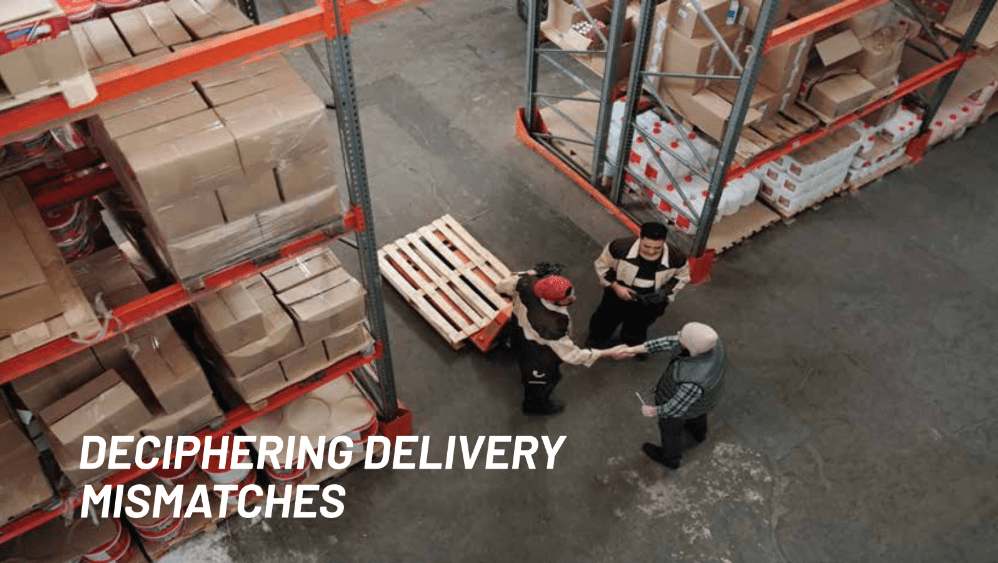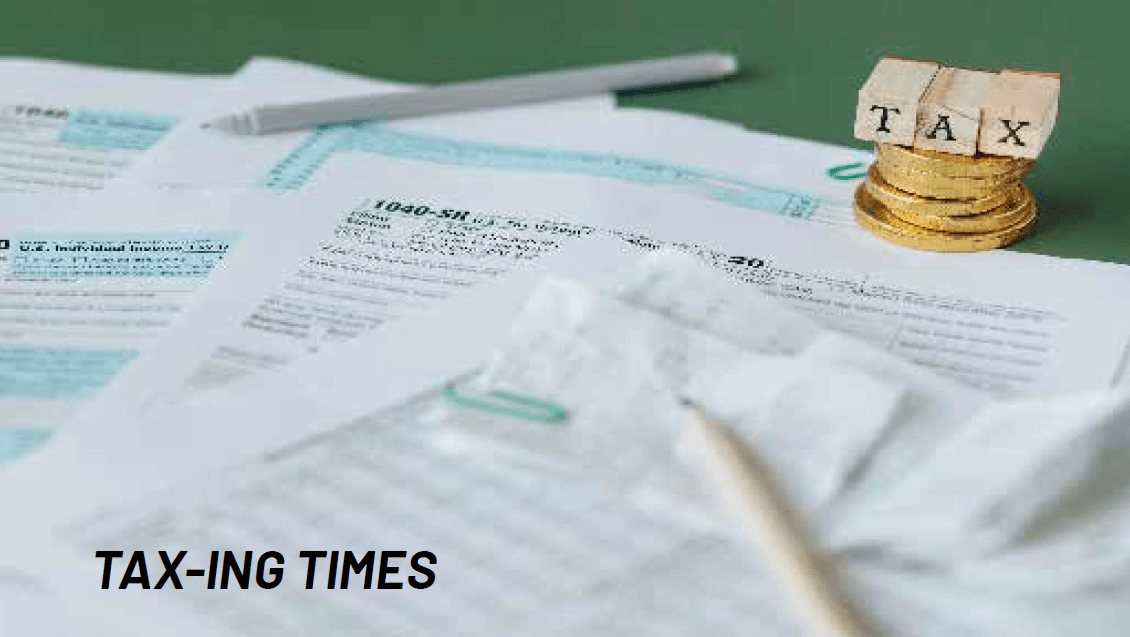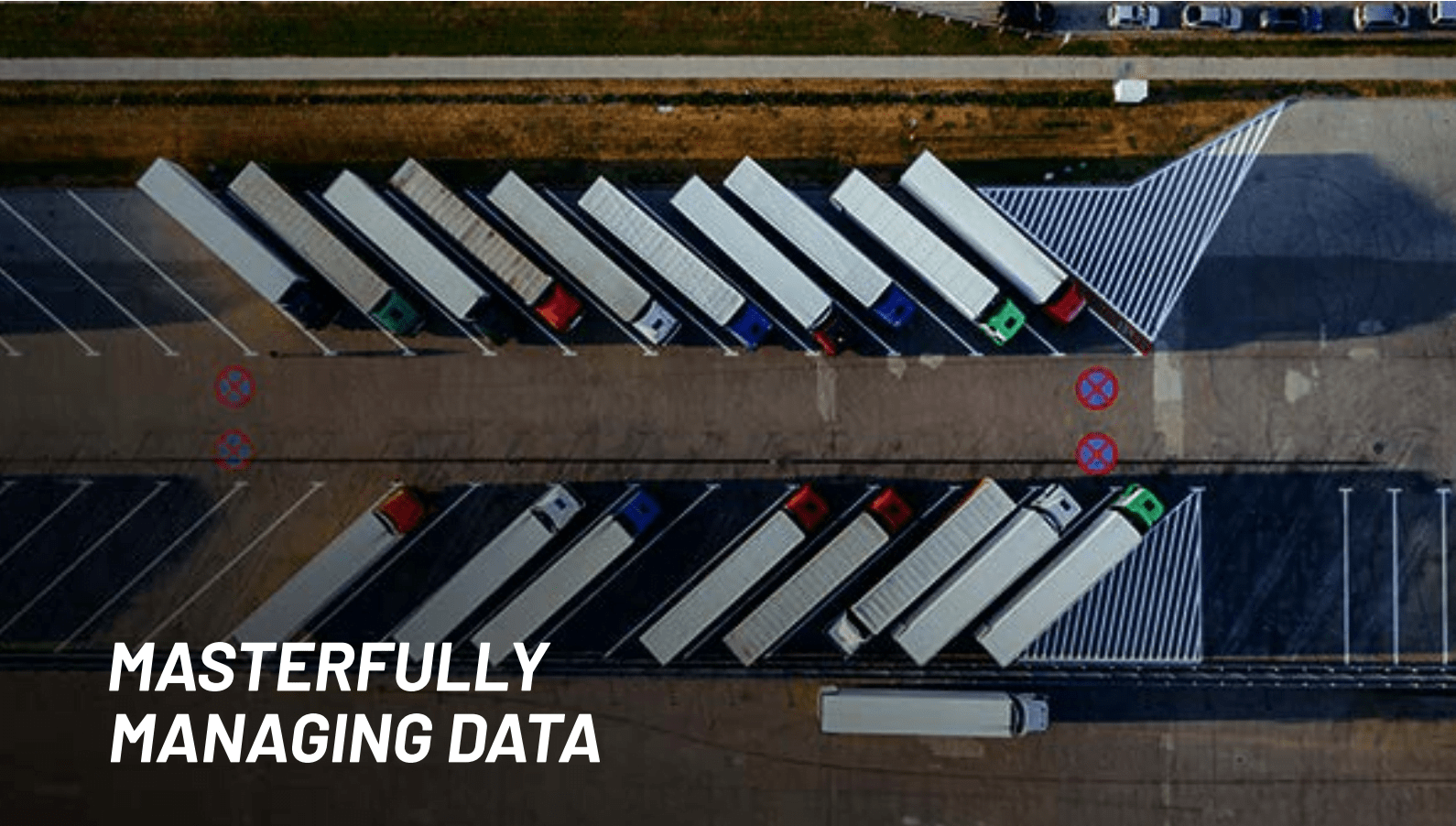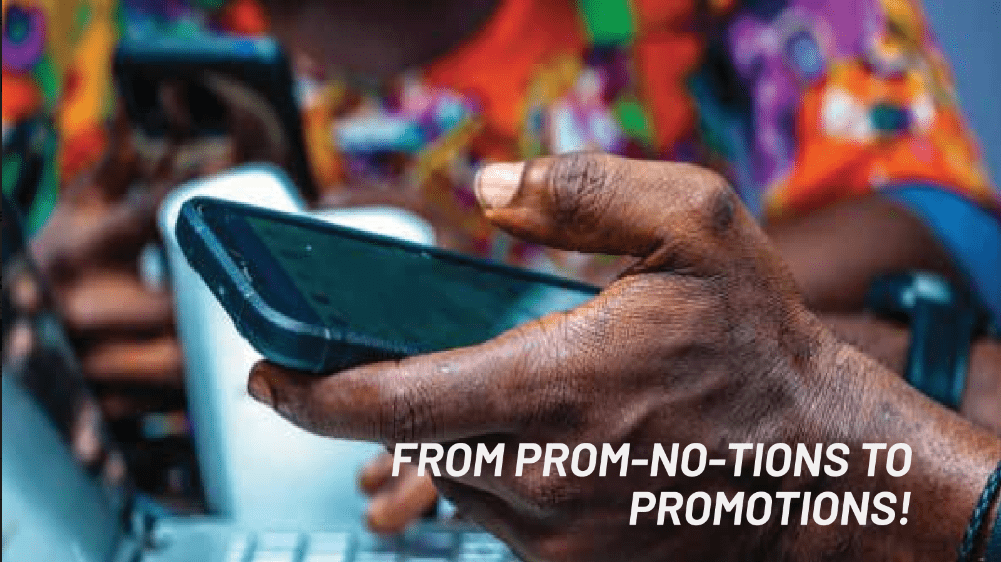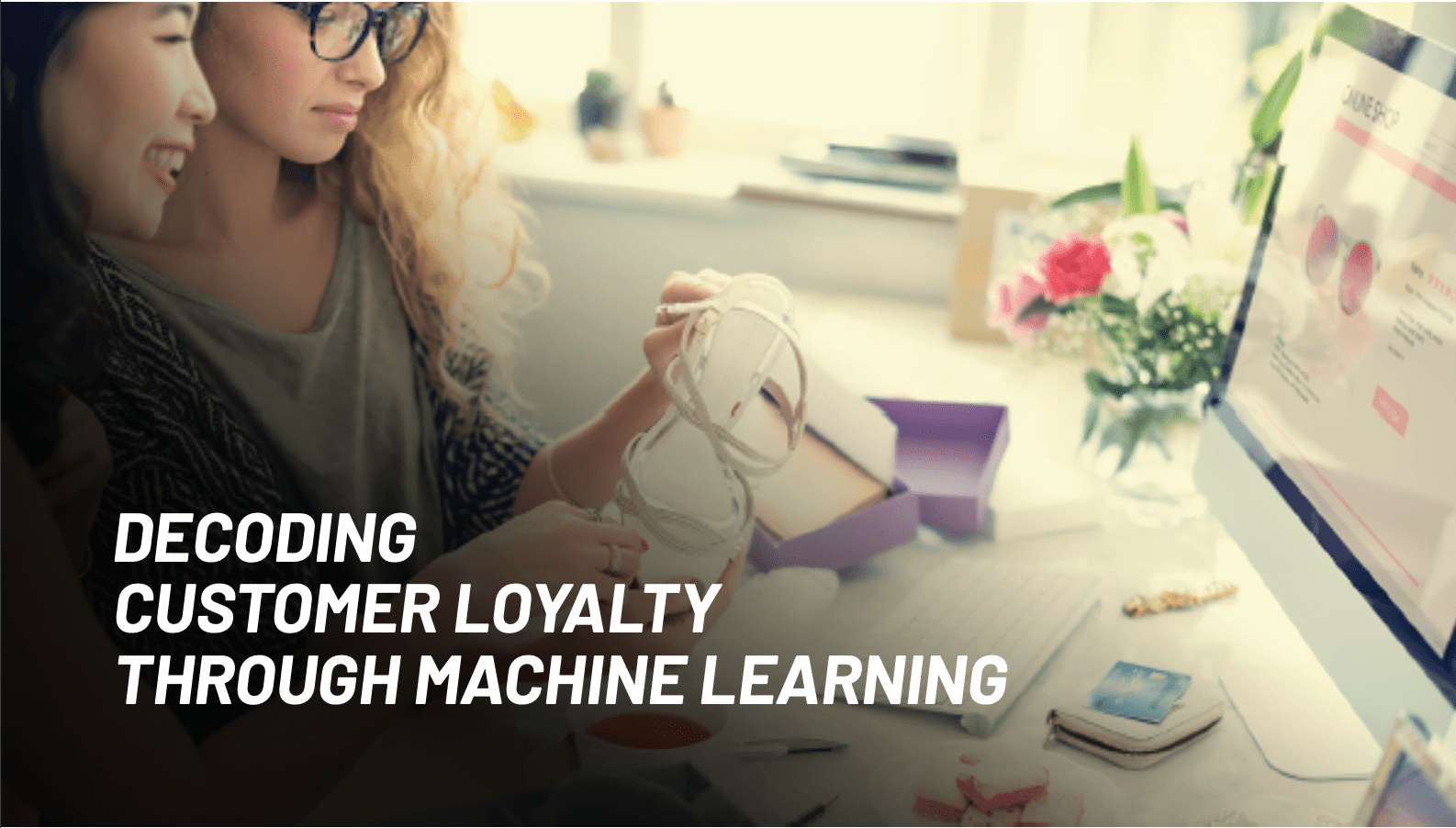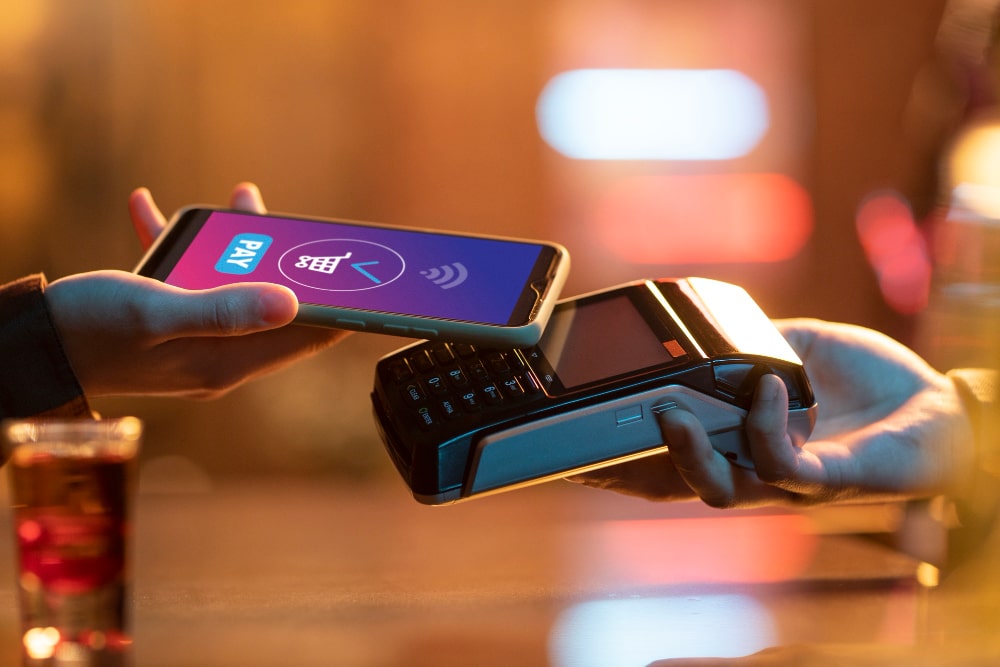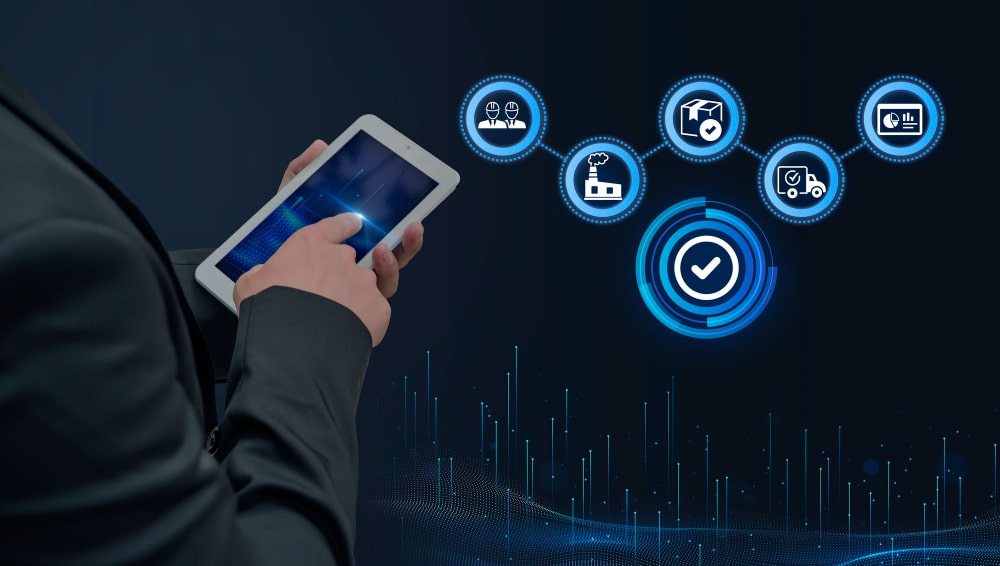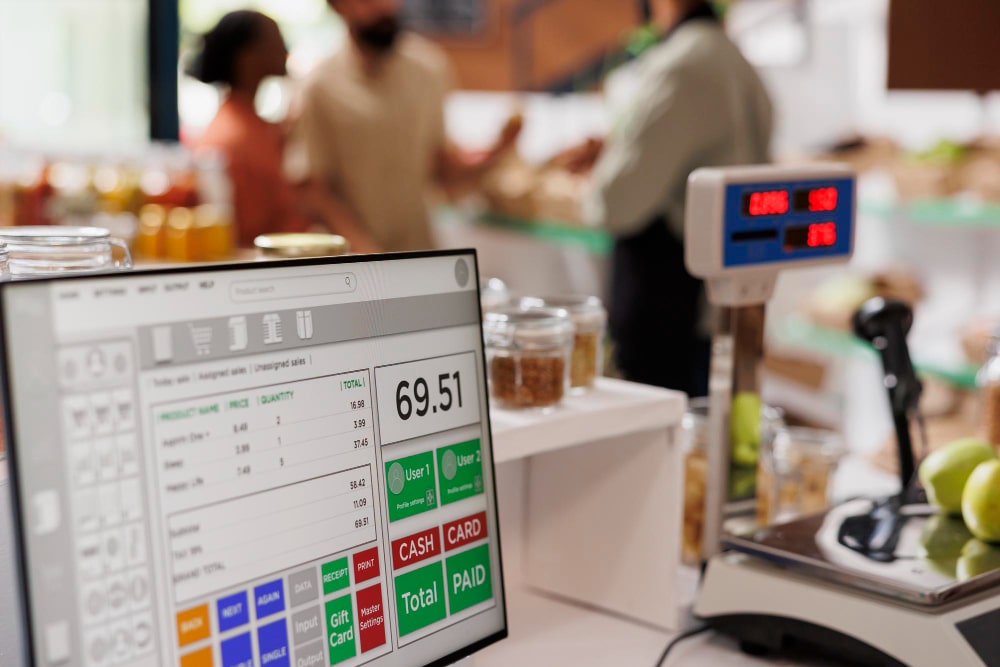April 2, 2025

The company is involved in ride hailing services, food delivery services, courier services, and freight transportation services in around 70 countries.
THE CHALLENGE
The total number of active platform consumers in a month, across ride hailing and food delivery services, is 161 million. Given this high volume of consumers, the company had designed several solutions to proactively identify and mitigate different types of operational and financial risks from both their riders and drivers, without negatively impacting the end user experience.
One of the risk management solutions included a prebuilt suite of business rules which identified the total number of user accounts that shared a single payment account or method. If the number of users that shared an account number went above a particular threshold, then those users would no longer be able to make payments. They would have to switch to a new payment method, in order to continue booking rides or food delivery services. To ensure business continuity without any impact to the user experience, the company designed a new process to allow these users to directly add a new payment process.
The company needed an analytics partner to conduct an A/B test to identify if the proposed new process was successful in allowing users to register their new payment mechanisms or if other changes were required to make it more user friendly.
THE SOLUTION
The Prescience, a Movate company team studied the existing process of making the flagged platform users go back to the Home screen from where they had to select the Payment sections and then add a new payment process to book new rides or food delivery services. They also analysed the proposed new process that provided users with a call-to-action button for directly switching to a new payment process through a single click. The team selected the request recovery rate, which is the additional new trip requests that were processed, as the key metric for measuring the success of the proposed new payment methodology.
For conducting the A/B testing, the set of selected users were split into a Test group and a Control group. The Test group was given the direct button to register the new payment process for hailing rides or ordering food, while the Control group could only add the new payment process by reverting to the Home screen and then going step by step through the standard payment registration steps. The A/B testing process also captured the incremental revenue from additional rides which were booked by users in the Test group as compared to the Control group.
The different technologies used for this engagement included,
- SQL
- Google Looker Studio
THE IMPACT
With the results of this clearly defined A/B testing solution, the company found that proposed new payments switching process directly led to a higher request recovery rate on the platform. The measured impact of this new process led to an additional revenue of approximately $ 300,000 per annum.













